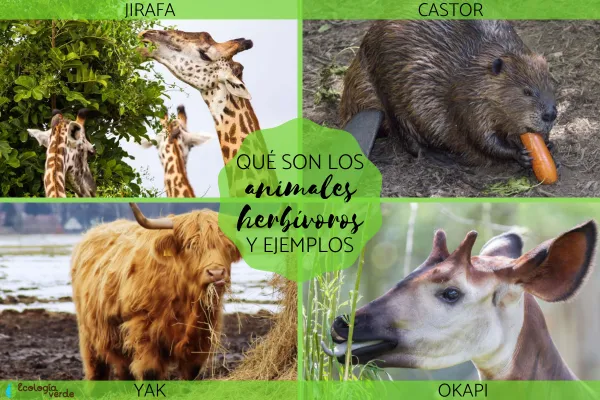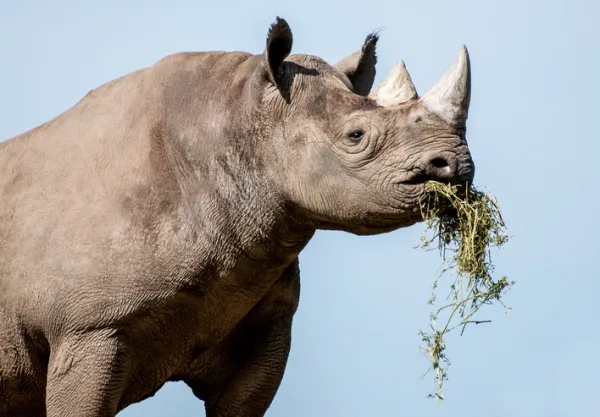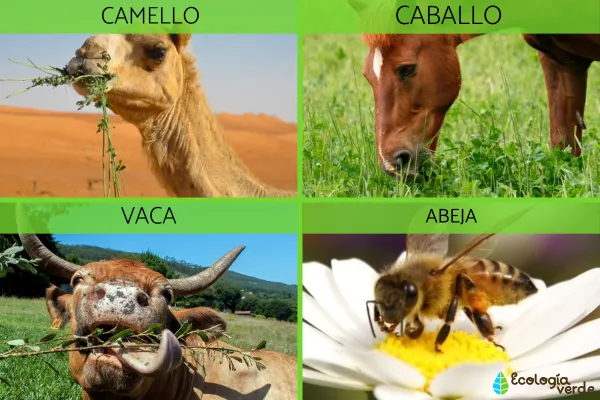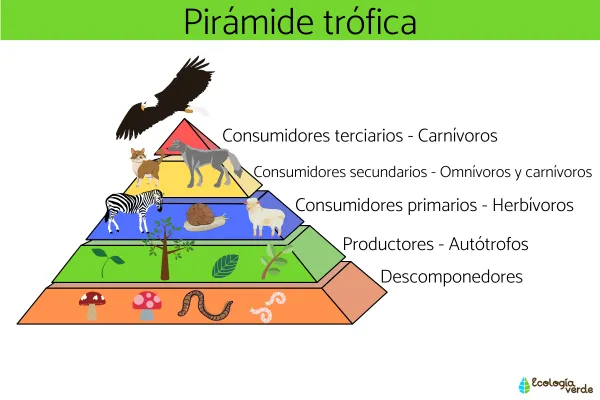Nutrition is one of the vital life functions of living organisms. Different species can be classified according to their feeding strategies and habits, which they have developed through evolution. Understanding the diets of animals not only reveals how they live, but also helps us understand the roles they play in maintaining the balance of their ecosystems.
Among these dietary categories, herbivorous animals stand out for their key role in the food chain and their importance to ecological stability.

Herbivorous animals are primary consumers in the trophic chains of ecosystems. They feed exclusively or primarily on plant matter, including:
Different parts of plants – leaves, stems, roots
Plant products – seeds, flowers, fruits, nectar, pollen, sap
Wood – in the case of certain specialized species
Herbivores are found in almost every ecosystem on Earth, as long as there are plants to provide the energy they need.
Examples of their habitats include:
Terrestrial – grasslands, forests, mountains, savannas, tropical rainforests, wetlands
Aquatic – lakes, rivers, shallow marine areas (some aquatic invertebrates)
By feeding on plants, they exert what is known as herbivorous predation pressure on vegetation, influencing plant growth and community structure.

Plants are rich in cellulose, a carbohydrate that most animals cannot digest. Herbivores have evolved specific adaptations to process it, including:
Specialized dentition – incisors for cutting vegetation, molars for grinding fibrous plant matter
Specialized digestive systems – equipped with microbial populations that break down cellulose through fermentation
Based on digestive system structure, vertebrate herbivores can be divided into:
Polygastric (Ruminant) Herbivores – have a four-chambered stomach (rumen, reticulum, omasum, abomasum) that allows efficient breakdown of cellulose (e.g., cattle, sheep, deer)
Monogastric Herbivores – have a single stomach and rely on fermentation in the cecum or colon to digest cellulose (e.g., horses, rabbits)

Ruminants – cattle, goats, deer, giraffes
Non-ruminants (monogastric herbivores) – horses, rabbits, hippos
Graminivores (Fitófagos) – feed mainly on grasses (e.g., antelope, horses)
Frugivores – feed mainly on fruits (e.g., parrots, lemurs)
Folivores – feed mainly on leaves (e.g., koalas, sloths)
Granivores – feed mainly on seeds (e.g., sparrows, squirrels)
Nectarivores – feed on nectar (e.g., hummingbirds, bees)
Polinivores – feed on pollen (e.g., certain beetles, butterflies)
Xylophages – feed on wood (e.g., termites, wood-boring beetle larvae)

Herbivores range from the largest land mammals to tiny insects.
Giraffes
Hippos
Rhinos
Bison, yaks, buffalo
Camels, dromedaries, llamas, alpacas
Rabbits, hares
Guinea pigs, chinchillas
Squirrels, beavers, capybaras
Hummingbirds
Toucans
Macaws
Lovebirds
Tortoises
Butterflies, caterpillars, grasshoppers
Aphids, cabbage bugs
Snails, cicadas
Herbivores feed entirely on plants and plant products.
Carnivores feed mainly on the flesh of other animals.
Omnivores consume both plant and animal matter.
These dietary differences are reflected in anatomical adaptations:
Herbivores have flat molars for grinding plants
Carnivores have sharp canines for tearing flesh
Omnivores have a mix of both tooth types
As primary consumers:
They transfer energy from plants (producers) to higher-level predators
They help regulate plant populations
They maintain biodiversity and prevent overgrowth of certain plant species
Without herbivores, ecosystems would suffer energy transfer breakdowns and loss of ecological balance.
Bibliography
López, D. & Buschmann, A. (1988). On predator-prey interactions in intertidal and terrestrial ecosystems. Chilean Journal of Natural History. Volume 61, pp: 19-21.
Ricklefs, R. (1987). Community Diversity: Relative roles of local and regional processes. Science. Volume 235, pp: 167-171.
animal tags: herbivorous animals
We created this article in conjunction with AI technology, then made sure it was fact-checked and edited by a Animals Top editor.